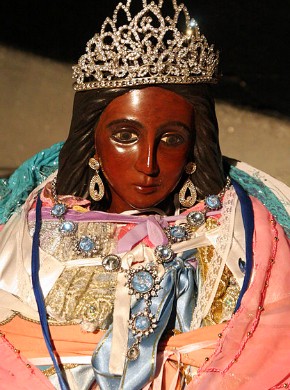The church of the Roma

More than once I have heard sane, supposedly liberal people say something like this: “Hitler tried to exterminate the Jews and the gypsies. What he did to the Jews was dreadful.” The speaker’s omission is telling.
In many European countries, gypsies—the Roma people—are major targets of xenophobia. What is perhaps little known is that Europe’s Roma are overwhelmingly Christian and becoming steadily more so.
The Roma trace their origins to lower-caste migrants who left India in the early Middle Ages. The diversity of names by which these newcomers were known testifies to Europeans’ bafflement about what to make of them. They were Gypsies (Egyptians), Bohemians, or Tzigane (from a Greek word for “untouchables”). Their itinerant lifestyle and reputed criminality made them profoundly suspect, especially as European states developed in the 19th century. The Nazis massacred perhaps half a million Romani in the porajmos (Holocaust). Even liberal states tried to eliminate this population through forced assimilation, and as late as the 1970s Switzerland was seizing children from Roma families. Despite all these assaults, Europe and Russia today still count some 10 million Romani.





